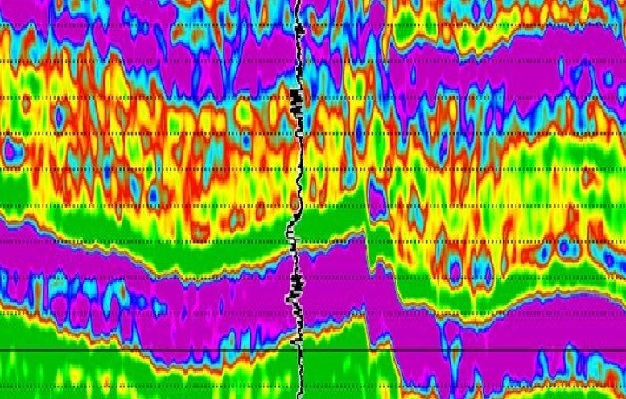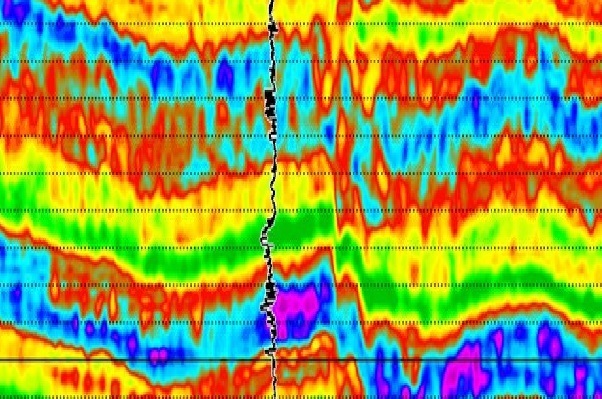Seismic Services
Geological Services
Reservoir Characterization
Solutions
Inversion is a technique that combines surface-acquired seismic data and well log data to develop a model of subsurface layers and their thickness, density, and P- and S-wave velocities. Seismic inversion provides a means to estimate rock properties from seismic data.


The various forms of inversion carried out by our Reservoir Characterization team include the following:
- Acoustic impedance inversions
- Shear impedance inversions
- Elastic inversions
- Simultaneous inversions
- Joint inversions
Through the use of pre-stack simultaneous inversion and joint inversion techniques, we can calculate other more sophisticated seismic attributes such as Vp-Vs ratio, lambda-mu-rho (λ-μ-ρ). These can then be used to calculate reservoir properties such as porosity, brittleness, or fluid-bearing characteristics of reservoirs.
